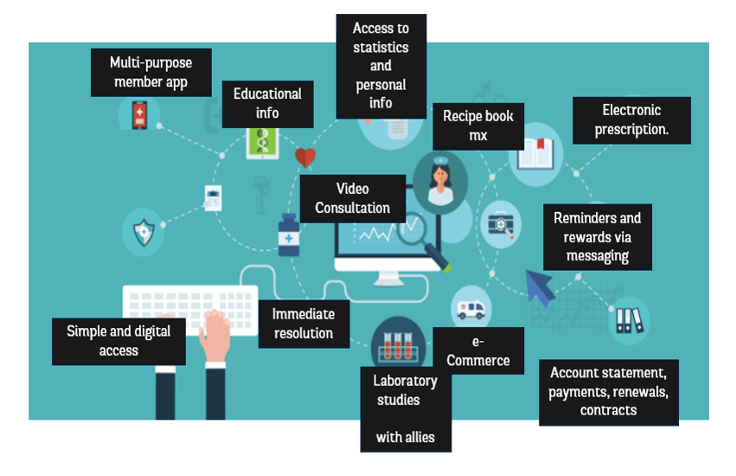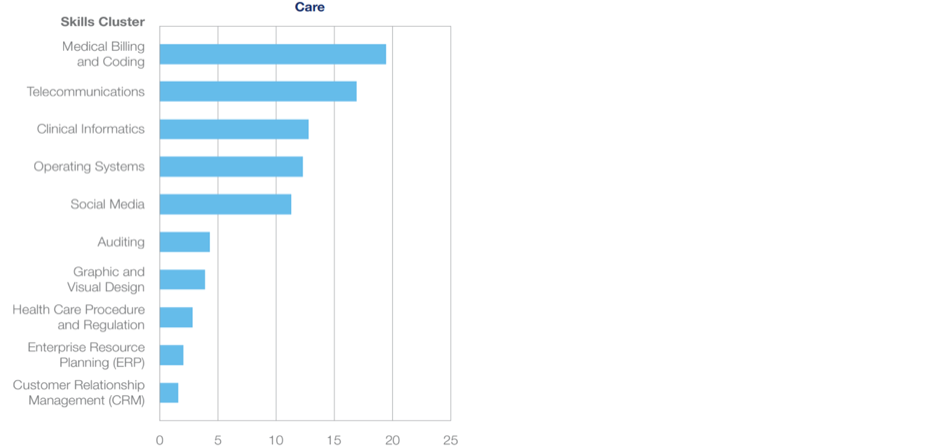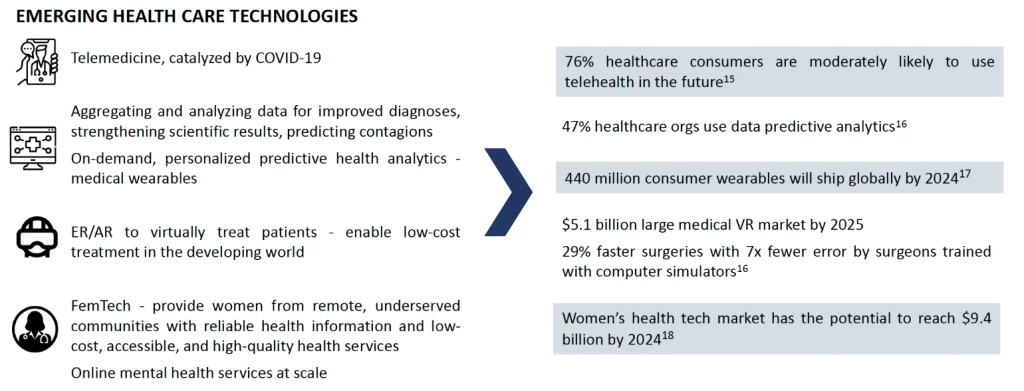 Developing education programs on relevant digital skills will be an important part of helping young people access emerging digital jobs in the health labor market. Copyright: Shutterstock
Developing education programs on relevant digital skills will be an important part of helping young people access emerging digital jobs in the health labor market. Copyright: Shutterstock
Will the current pipeline of health workers be enough to meet the increased demand for quality health care?
The COVID-19 pandemic underscored the essential value of health workers in ensuring a nation’s socio-economic resilience. Estimates by the World Health Organization (WHO) and World Bank, however, warn of a potential shortfall of 18 million health workers by 2030. Of this, the largest needs-based shortage of health workers is in developing countries in South Asia and Sub-Saharan Africa. At the same time, global youth unemployment persists: there are 64 million unemployed youth and 145 million youth living in poverty, particularly in developing countries where young people face limited employment opportunities.
However, crises bring with them opportunities. Despite this challenging context, WHO estimates also point to the potential creation of 40 million new health jobs by 2030. A discussion note from Solutions for Youth Employment (S4YE) highlights a win-win opportunity for policymakers and the private sector: Training and employing young people in growing and critical sub-sectors within health care could help tackle youth unemployment while also supporting the development of a quality health workforce. Given the inequitable impacts of the pandemic on low- and lower-middle income countries, implementing initiatives to unlock development of both the health ecosystem and youth potential is crucial to socio-economic recovery. Such investments would enable developing countries to meet the need for strong health ecosystems, boost productivity, and build more resilient and inclusive social systems.
Here are three strategies to capitalize on emerging health sector trends while promoting youth employment:
1. Technical training for non-clinical roles that provide crucial support to the health system
Non-health workers who work in supporting health roles comprise an estimated 60% of all formal health jobs globally. Further, each health worker is supported by 2.3 non-clinical health workers. This adds up to a need for 57 million more jobs for non-health workers (such as orderlies, pharmacy aides, home health aides, housekeeping, maintenance, patient care techs and health administration workers) to deliver universal health coverage by 2030.
2. Jobs and skill training related to digital health jobs
In a recent S4YE webinar on digitization of the health workforce, experts highlighted the importance of developing education programs that provide youth with relevant digital skills to access emerging digital jobs in the health labor market (refer to Table 1). A Senior Health Specialist at the International Finance Corporation (IFC), Charles Dalton, underscored the impact of digitalization in health, pointing to the need to implement skilling and upskilling programs to train the workforce across various “digital touch points” (refer to Table 2).
Table 1: Emerging jobs due to digital transformation of health care (Digital Authority Partners, 2022)
In addition, he stressed the need to understand digital health from multiple perspectives across the health care value chain such as training, resource management and technical equipment that incorporates traditional health jobs with changing skill needs. Echoing these points, Kate Tulenko, Founder and CEO of Corvus Health, emphasized that “the most important part of creating a policy is gathering data,” highlighting the relevance of determining local workforce needs to focus support on creating relevant new health roles with a digital lens.
Table 2: Digital touch points requiring workforce training across the health sector value chain (IFC, 2021)

3. Jobs in the care economy
Caregiving, whether paid or unpaid, is a skilled job which involves providing essential critical health, welfare, education and social services for the protection of the young and old. The caretakers of 40% of all children below primary school age do not have adequate access to childcare services. Where childcare does exist, it remains too costly for the average household. This lack of adequate and affordable childcare prevents women from participating fully in the labor market since the burden of care work lies primarily on women due to socio-cultural norms. According to the National Statistical System (DANE) in Colombia, in 2022, 50% of Colombian women could not access the labor market because of the expectation to spend time on unpaid domestic and care work.
Furthermore, while some economies such as the United States have an ageing population and require care workers for the elderly, others such as India and countries in Africa have a relatively young and burgeoning demographic dividend and require care workers for the young. Ensuring there is adequate supply to meet demand for care and equipping youth with relevant and emerging care skills has the potential to create millions of new jobs around the world in the short and long-term. In recent years, these emerging care skills have been digital (refer to Table 3).
Table 3: Top digital skills demanded in the care economy (WEF, 2020)

In the aftermath of the COVID-19 pandemic, with growing unemployment and weakened health systems, placing youth employment at the core of the global health policy agenda is paramount to provide youth with the relevant technical skills to enter the health labor force. The three emerging health sector trends outlined above provide a window of opportunity to build more inclusive, robust, and resilient societies. Policymakers and the private sector must take note that building the health workforce through investments in TVET, establishing a well-managed strategy of health worker migration and up-skilling health workers with new, industry-relevant skills would be foundational to expanding access to public health services, strengthening human capital and generating economic opportunities for youth.





Join the Conversation